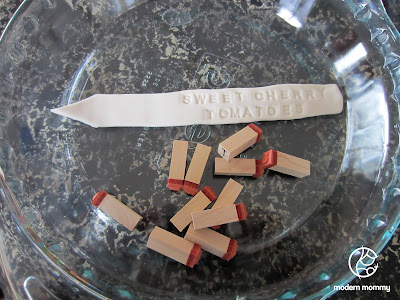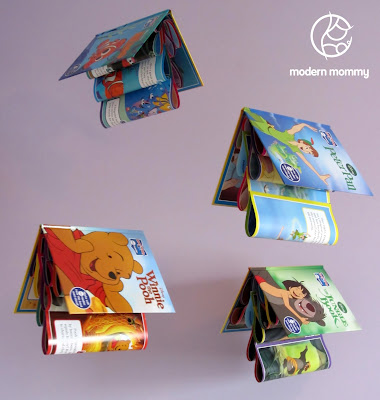Last week Sophie's room was adorned with a DIY
Book Mobile. So this week it was time to make something special for Willow and what could be better than her very own crafty mobile. I came across these yarn globes all over
Pinterest generally as wedding decor and light pendants. I was definitely inspired by the photos and thought it would make a great hanging mobile in the nursery.
I don’t like to post a tutorial for a project when there is
already a great one out there. In fact there are several tutorials on the web
for this particular
Make it Monday
project (the best one I found was on
Wednesday) . However, all of the tutorials I came across require two sets of hands. I tend to work on projects such as this when I have
some free time to myself so the luxury of a second set of hands was not
available. So this tutorial is for people like me that take on solo crafty projects.
What you'll need:
Balloon(s)
Cotton yarn - I used 12 lengths finger tip to finger tip for each balloon
125 mL White school glue
1/2 cup Corn starch
1/4 cup Warm water
Paint stir stick
Plastic bucket - an empty yogurt or margerine container will do
Paint brush
Masking tape
Broom and 2 chairs - or an alternative way to rig up your work station
Newspaper or drop cloth
Fishing line
Skewer stick or Chopstick
Ceiling hook
Spray paint (optional) - preferably the "fast-drying" "any angle" spray paint
Directions:
Set up your work station. Suspend the broomstick between two chairs and fasten it with masking tape. Lay newspaper on the floor or table directly below the broomstick. Yes this gets messy.
Hang your balloons. Tie your balloons to the broomstick so they hang above the newspaper. I recommend creating hooks to hang the balloons so they can be easily removed in case you need to add more air after you finish wrapping. I used paper clips as hooks on the end of string to hang my balloons.
Prepare your glue. Combine the white school glue, corn starch and warm water in your plastic container. Mix well with the paint stir stick until all lumps dissolve.
Set up your yarn and glue dispenser. This is the trick to doing this project on your own without a second set of hands. Carefully coil your yarn into the bottom of the bucket full of glue. From experience it is best to coil it directly into the bucket starting from one end to prevent tangles. Yes it takes a little time, but it's worth it. Tape your paintbrush to the top of the bucket as shown above. Feed the end of the yarn through the paintbrush.
Now the messy part...
Wrap the balloon. Slowly pull some of the glue soaked yarn through the paintbrush. The brush will clean off the excess glue so you don't end up with a soupy mess (note: this is what the second set of hands would be used for). You can see in the top picture above that I initially taped the yarn to the balloon, you actually don't need to do that, in fact it can be tricky to remove the tape afterwards. Now wrap the entire balloon in the yarn pulling a generous amount through the paintbrush each time. Tuck the end piece in at an intersection of crisscrossed yarn.
Let dry. Drying takes about 24 hours. If you notice that your balloons are starting to shrink before they are dry you can unhook them from the broomstick, carefully untie the knot and blow more air into them until they are once again tightly wrapped. I did this with all three balloons as a precaution after my first trial was an epic failure.
Now they're dry...

Let the air out. You can pop or deflate the balloon, whatever you prefer. Remove the balloon.
Break out the crystallized glue. You will likely end up with some glue crystals between some of the yarn threads. These can be poked out with a skewer stick or gently brushed out with a stiff bristled paintbrush.
Finish. You can paint if you like. I initially hoped that I could use coloured yarn, but the white glue muted the colours and I didn't like the look so I opted to spray paint them all white. The any-angle spray paint works well for this project. I hung them using paper clips as hooks in order to move them more easily.
Hang. I attached fishing line to a skewer stick that I painted white. I hung the yarn balls at different heights from the skewer stick to achieve this particular look.
Happy Monday!
Bonus: Epic Failure
Well, for those of you who think I made this look too easy. Bahahaha, take a look at my first attempt.
Okay, so now that the tears of laughter are no longer blurring your vision let me tell you what not to do. Or if you like this particular look then maybe this is what you should do.
Don't blow up your balloon too small. Air dissipates quicker if you don't put enough in the balloon. On the other hand if you blow it up too big it's no longer circular, so try and find a happy medium.
Quickly replace air before it dries. If you notice your balloon is starting to lose air before the yarn has dried, carefully untie the knot and blow more air in.
Do this project when you can check on it about every 8 hours or so. Again this is to be sure the air is not dissipating.
Good luck!
Fun fact: The counter top that the "epic failure" ball is sitting on is a closeup of the finished product of my DIY Granite Countertop Paint project.












































